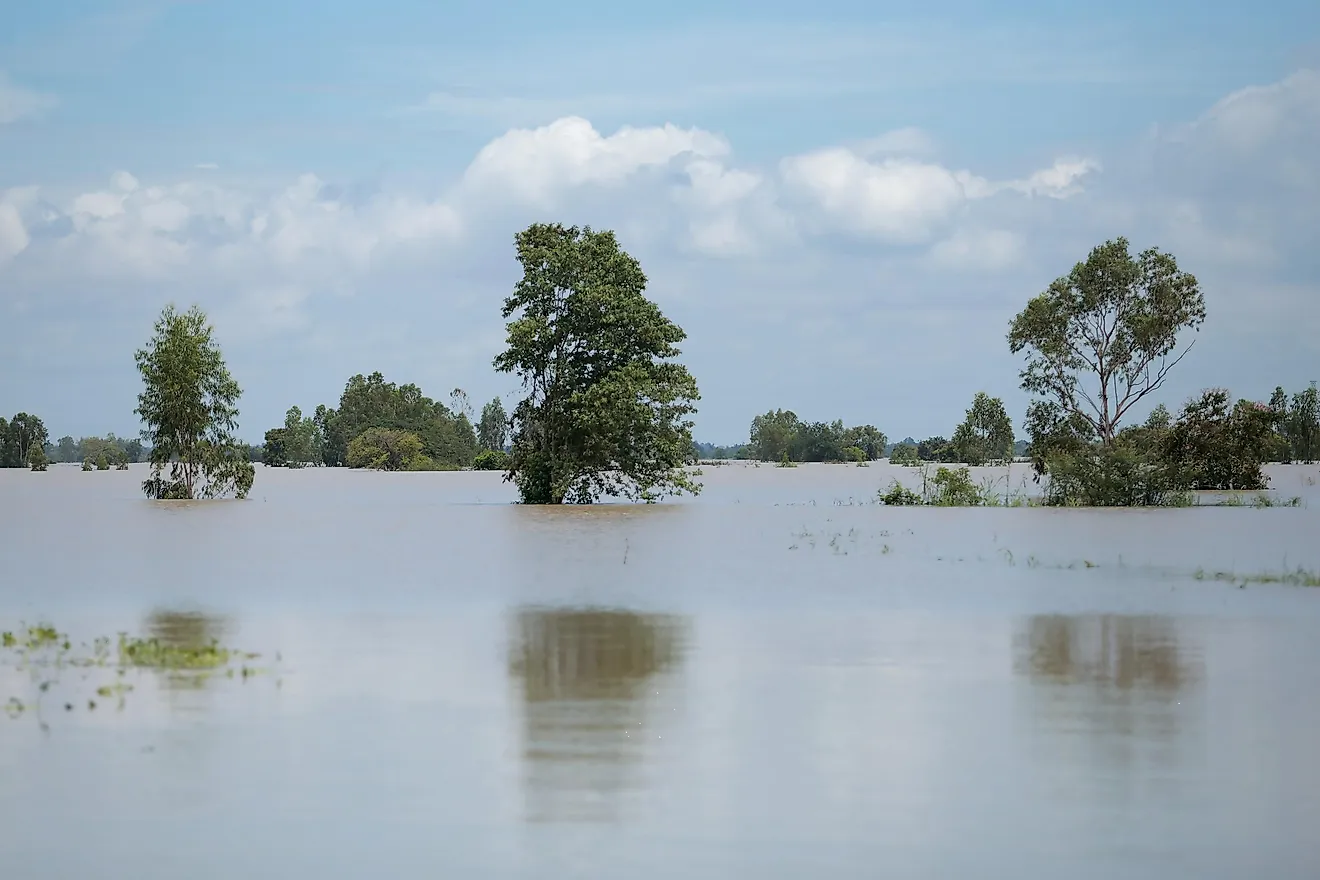What is the Difference Between a Tropical Storm and a Tropical Depression?

A tropical cyclone can be referred to by different names depending on its strength and location. Common names include typhoon, hurricane, tropical depression, or tropical storm. Hurricanes primarily occur in the Atlantic Ocean and some parts of the Pacific Ocean, while typhoons are common in the northwestern Pacific Ocean. The term "tropical" simply means that the systems form mainly in tropical seas and over warm water, while "cyclone" refers to the winds that move in a circle. Therefore, tropical storms and tropical depressions are similar in formation and location, but different in strength. This article further explores the major differences between the two types of tropical cyclones.
Understanding Tropical Cyclones
By definition, a tropical cyclone refers to low-pressure systems that develop over tropical seas and are characterized by a closed center of circulation within the surface winds. The winds on the surface swirl in a cyclonic manner or counter-clockwise direction, hence the name "cyclone." Several names are used to describe this type of weather event, including tropical disturbance, tropical depression, tropical storm, or hurricane. However, tropical disturbances are rarely included because they lack a closed center of circulation and do not cause as much concern as other types of tropical cyclones. The disturbance may become more organized and strengthened, and eventually become a tropical depression.
Tropical Depressions
A tropical depression is considered the first stage of a tropical weather event. In some cases, these events are simply referred to as tropical waves or disturbances. However, a tropical depression is a type of tropical cyclone that is characterized by a maximum sustained wind speed of 39 mph or less. This type of tropical cyclone has a closed center of circulation, which is also unorganized to produce a wind that can gust over 39 mph. While tropical depressions are not as strong as hurricanes or even tropical storms, they still can bring significant amounts of rain, devastating floods, and thunderstorms. The unnamed tropical depression of 1982, which eventually became Hurricane Paul, is one of the world’s most well known tropical depressions.
Tropical Storms
Meteorologists consider a tropical storm to be an upgraded tropical depression. A tropical storm occurs when the tropical depression’s cyclone circulation becomes more organized and produces a sustained wind speed of more than 39 mph but less than 74 mph. They are characterized by heavy rains, strong winds, and waves that can damage water vessels and erode beaches. Once the tropical storms move onshore, it can cause flash floods, while the strong winds may cause significant damage to powerlines and buildings. A weather event that qualifies as a tropical storm is often categorized and named according to the Saffir-Simpson’s scale. When the wind speed is sustained at over 74 mph, the weather event is no longer a tropical storm, but is considered to be a hurricane. Examples of past tropical storms include Tropical Storm Franklin, which occurred in July 2005 along the western Atlantic Ocean, and Tropical Storm Thelma, which killed 5,081 people in the Philippines.











